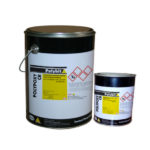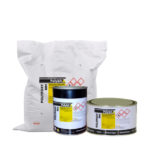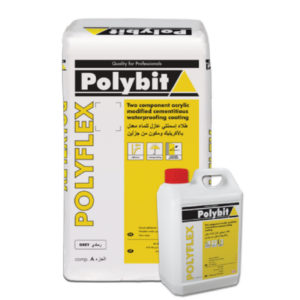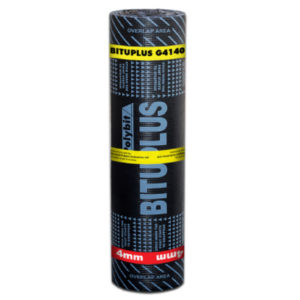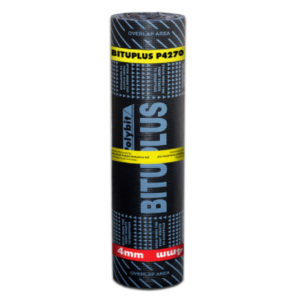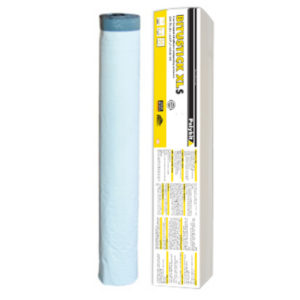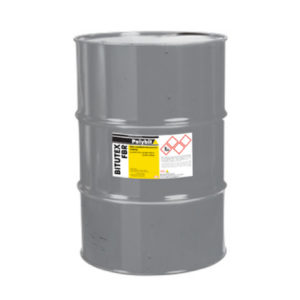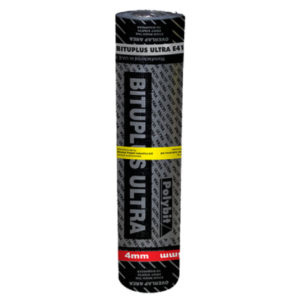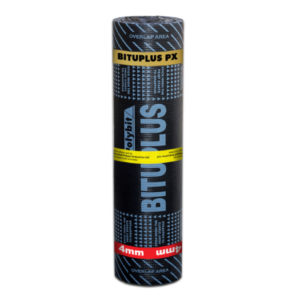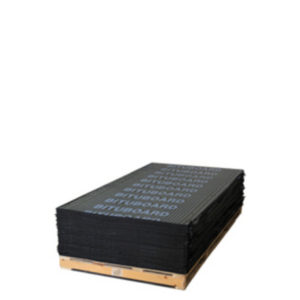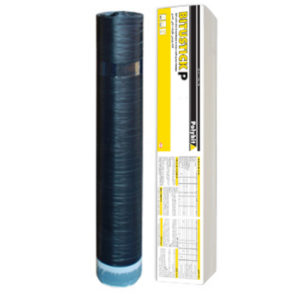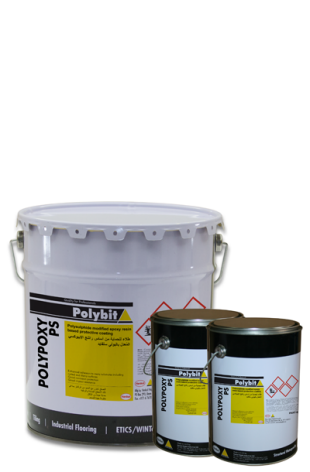
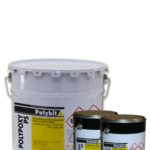
Polypoxy PS
Polypoxy PS
Polysulphide modified epoxy resin based protective coating
Properties
- Enhanced adhesion to many substrates including rusted and damp surfaces
- Good corrosion protection
- Good impact resistance
- Chemical resistance to a wide variety of fluids in particular to those used in the automotive and aerospace industries
- Thermal shock resistance. Good electrical properties and controlled acoustic dampning characteristics
- Very low permeability to water and vapor
- Non-Toxic
- Good UV resistance
- Good Flexibility and crack bridging ability
- Easy to apply
- Can be used with glass fiber reinforcement to provide a tough, UV stable, abrasion and
- chemicallly resistant lamination system.
Description
Polypoxy PS is a polysulphide modified epoxy resin protective coating designed for superior adhesion, corrosion protection and high chemical resistance for concrete and steel structures. It is a two part system which can be applied up to 1mm thickness to provide a flexible, elastomeric, crack bridging, water and chemical resistant coating.
TDS For Polypoxy PS
- Step by Step
Surface Preparation
The surface should be free from dust, dirt, curing compound, oil etc. Clean the surface thoroughly to remove all loosely adhering particles and cement laitance. It is recommended to use a light mechanical grinder for cleaning. The concrete should be sound and any cracks, pot holes shall be repaired with Polypoxy BF* or Polypoxy NF*.
Priming
Prime the prepared surface with Polyprime EP* @ 4-5m2/l. The coating is applied when the primer is dry. However, in all circumstances, the coating shall be applied within 24 hours of application of the primer. If the primer surface is left open for more than 24 hours, then a fresh coat of primer has to be re-applied. For damp, corroded & contaminated surfaces Polyprime R* is recommended to be used. Priming is not required for steel surfaces.
Mixing
Mix Part A (resin) and Part B (hardener) separately for a minute using a slow speed drill fitted with a paddle to remove any sediment. Then add Part B into the Part A pail and mix thoroughly for 2–3 minutes to achieve a uniform consistency. Apply immediately after mixing within its pot life.
Application
Apply the coating with a brush, roller or airless spray (nozzle size 0.4-0.6 mm @2500 psi pressure). On vertical surfaces apply the coating at a wet film thickness of 250 microns in a single coat. Since the coating is heavy bodied, dripping may be observed if it is applied at a higher thickness. Additional coats can be applied only when the previous coat dries off completely (8-10 hours). After application the coating must be back rolled to reduce surface irregularities and to improve bonding. Care should be taken to ensure that a continuous film is achieved.
NOTE:
(1)The coating can be applied as a flexible and crack free flooring with an anti slip finish. Graded sand/quartz can be broadcasted on the first coat while it is still wet and allowed to dry completely. After a period of 24 hours, the excess sand/quartz can be brushed away and the second coat is to be given.
(2) lamination system is built with approx. 300 GSm glass fibre fabric. The system shall be made with primer coat and two layer of coating – both embeded with glass fiber and sealed with a final layer of seal coat.

